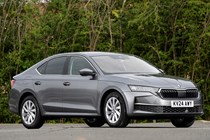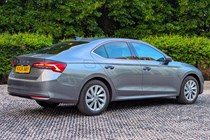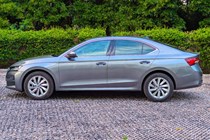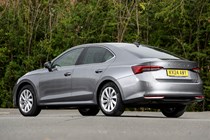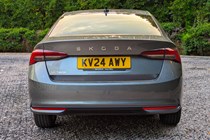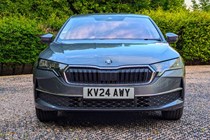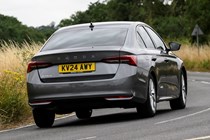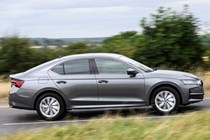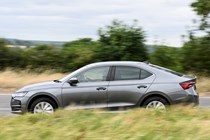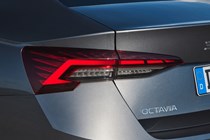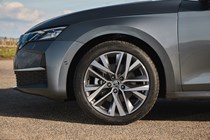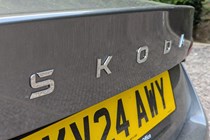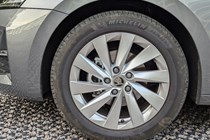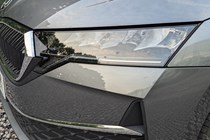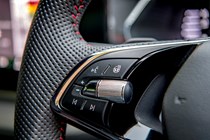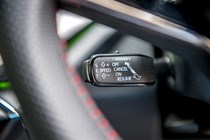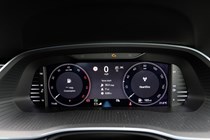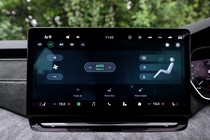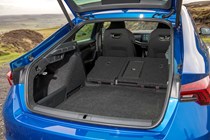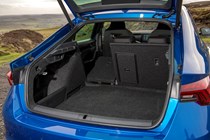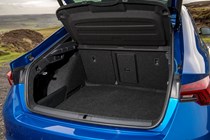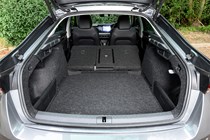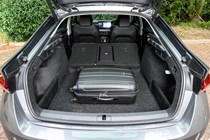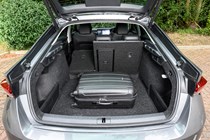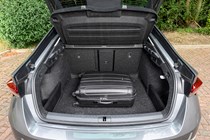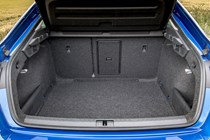
Skoda Octavia running costs and reliability
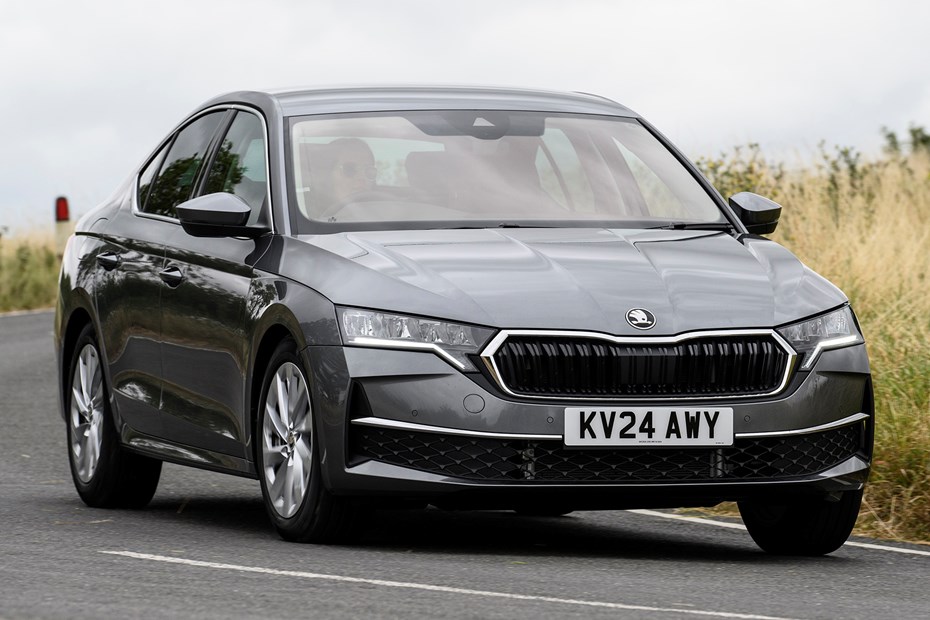
Miles per pound (mpp) ⓘ
| Petrol engines | 6.2 - 8.5 mpp |
|---|---|
| Diesel engines | 6.9 - 8.8 mpp |
| Plug-in hybrid petrol engines * | 6.8 - 7.1 mpp |
Fuel economy ⓘ
| Petrol engines | 42.2 - 58.2 mpg |
|---|---|
| Diesel engines | 54.3 - 68.9 mpg |
| Plug-in hybrid petrol engines * | 46.4 - 48.1 mpg |
- Diesel models are cheapest on fuel overall
- But petrols are better for short trips
- Servicing and parts should be reasonable
What are the running costs?
The Octavia range puts in a good performance at the pumps. In several months of real-world use we’ve averaged over 40mpg in the pre-facelift 150hp 1.5-litre petrol DSG automatic, and seen over 60mpg – average – in a similar stint in a lower-powered 2.0-litre TDI diesel with manual gearbox.
The 150hp diesel with DSG transmission is perhaps the most convincing all-rounder, with plenty of performance and refinement to go with its fuel economy – which is only slightly less than the low-power TDI on paper. It’s highly economical, too, with us seeing an average of 59.8mpg on a mixture of A- and B-road driving combined with long motorway runs. Diesel may now be out of favour for some people but it still offers unbeatable mpg and low CO2.
‘Some might complain that the 116hp diesel is underpowered, but there’s an upside. On motorway runs, I managed to return an easy 70mpg by driving gently.’
Keith Adams, Parkers Editor
Servicing and warranty
A pretty standard offering from Skoda when it comes to warranty – two years unlimited mileage followed by a third year/60,000 miles, whichever comes soonest. There are separate three-year paint and 12-year body warranties too.
That’s not industry leading given the likes of Kia or MG offering seven years, but should cover the length of a PCP finance contract, by which time you’d likely be looking to swap out anyway. Fixed price servicing is available at main dealers, too, with official Skoda servicing plans and Skoda extended warranties also available.
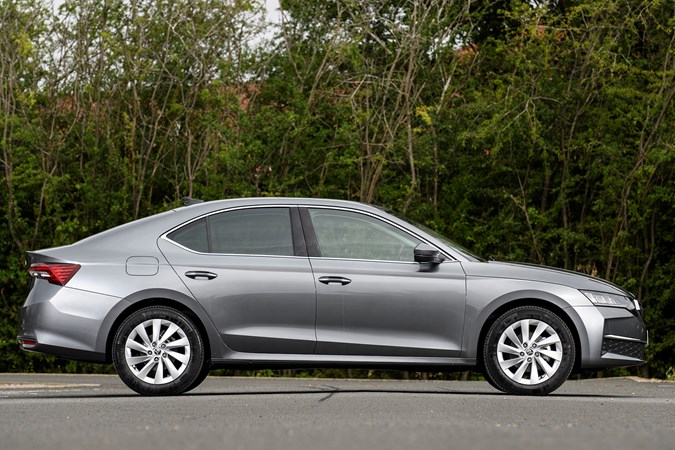
Reliability
- Skoda has a good customer satisfaction record
- But this generation of Octavia hasn’t been trouble-free
- Software issues seem to be the main area of concern for owners
Skoda’s typically high placing in customer satisfaction suggests buyers are generally very happy with their cars. Some Mk4 Octavia drivers have experienced software issues, however, and our own Parkers’ owners’ reviews show a rather mixed picture.
We’d like to think that by this point the firm has got a handle on the software bugs, but one of our long-term test Octavias also suffered an infotainment system failure, and that was in late 2023. Here’s hoping the updates for the facelift include improvements in this area.
Other signs that things aren’t quite everything they could be come from the official recall notifications, which anyone can view on the UK government vehicle recall check website. There aren’t a huge number of recalls, but some of them do affect a large number of vehicles. If buying used it will be worth a call to the local dealer to see if any car your considering has outstanding work required – Skoda will fix recall work issues with no charge to the customer.
Ongoing running costs
| Road tax | £195 |
|---|---|
| Insurance group | 12 - 23 |
Get an insurance quote with

|
|




